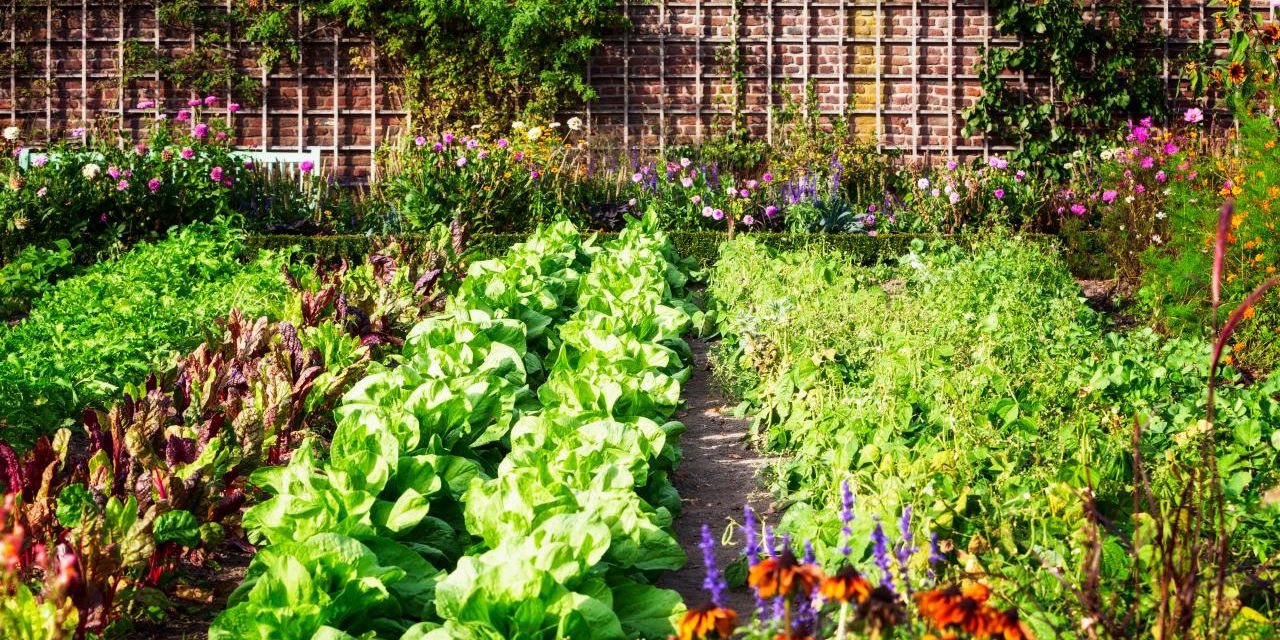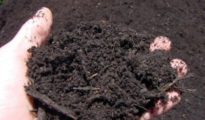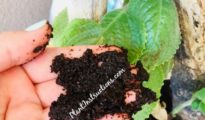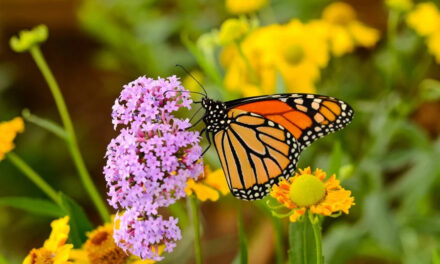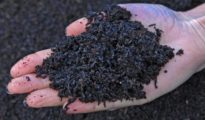So you got the green thumb? Whether for the enjoyment of being outdoors, working with dirt and plants, or simply to have fresh veggies to snack on, gardening is truly a fun, rewarding activity that everyone should try out at one point or another. The risks are low and the returns are high, so why not give it a go? Here we explore some first time gardening tips to get your garden journey going!

First Time Gardening Tips You HAVE to try!
- Herbs, Veggies, Flowers, oh my!
One of the most exciting parts of gardening (well, besides reaping the benefits of course) is deciding what to plant! For ambience and a vibrant aesthetic, a flower garden with a wide variety of flowering plants such as flower bulbs, colorful ornamental grasses, long-living perennials and long-blooming annuals, can create maximum impact. An abundance of flowers will also attract friends from nature such as hummingbirds, bumblebees and butterflies, which can add cheer to your day!
For culinary creations, consider a mix of herbs and veggies, including leafy greens, root vegetables, tomatoes, green beans, cilantro, dill and so on! There are literally thousands of options here, so get creative, listen to your palate, and have fun! However, for optimal results, don’t forget to research your specific region and learn what grows best in that zone.
- Location, location location
One of the most important things to planning and starting a garden in your yard, is selecting the location. Convenience is an important factor to consider. The longevity and success of your garden depends on the care you put into it. Building the garden in a convenient spot will keep you checking on and caring for it. If it’s too far out of the way, you may be inclined to forget about it!
Another thing to keep in mind is surface level. The ideal landscape is a flat area rather than a slope or a low point. This will help ensure proper water drainage.
- Here Comes the Sun
Because most flowers and vegetable plants require a good deal of sun, it makes sense to scout an area that will maintain adequate sun exposure. Six to eight hours minimum is quite common for most plants so you’ll want to check that your potential garden zone will support that amount of sunshine.
- What to Build?
When it comes to the construction of your garden, there are a few different options available. One commonly seen structure is a raised garden bed, which is basically a wooden (or other material) rectangular structure filled with soil. Raised beds offer a lot of benefits such as protection from foot traffic, better water drainage, and the soil tends to warm up faster which is better for growing. Raised beds can also be placed anywhere, so even if you’re an urban dweller you can set up a garden easily.
If a raised bed is too much work or more growing space that you’re looking for, a blend of basic potting containers can work just as well too. Certain herbs and veggies do great in growing pots such as tomatoes, lettuce, kale, peppers, beans, parsley and mint. One definite advantage of pots is their mobility. You can easily move them from sun to shade and even into your house when the seasons change.
But, if you have a nice plot of land and don’t want to bother with constructing a bed or moving pots around, it’s easy enough to simply till the soil and plant in the ground. In-ground gardens actually require less water and you can make use of the existing soil you have rather than bringing in soil.
- Plants Get Thirsty
Keep in mind the location of your water source as plants sure do get thirsty and will need daily watering if there isn’t any rainfall. Note where the faucets and hose hook-ups are and be sure they can easily reach your garden. One pro tip is to avoid watering during the hottest part of the day which can actually damage your plants. Best to water in the morning or at dusk instead.
- Healthy Soil Equals Healthy Plants
Whether planting in ground, raised bed or container, a solid, healthy soil base is a must. Most plants seem to do well in deep, fertile soil that stays well-drained. Adding organic matter such as grass clippings, decayed leaves or compost are easy ways to boost soil health. Pre-made fertilizers available at local nurseries are good too. In addition, sprinkling mulch over the top of the soil can help prevent weed growth while locking in moisture.
- Seeds or Transplants?
Both seeds and transplanting sprouted plants have their benefits. Seeds are much cheaper and there are endless options for what you can grow. Flip through a seed catalog and you’ll be amazed at what is available. Relying on transplanting limits what you will find ready for planting at nurseries and such. Also, certain plants like carrots, do much better starting from seedling then when transplanted, so that will be important to check out before purchasing. On the other hand, seeds take much longer to settle and grow so will require a longer growing season whereas transplants are already on the move so will continue growing quickly, making them ideal for a shorter growing season or if you’re getting started later in the season. Also, transplanted plants tend to be less prone to disease and pest problems.
- Consult the Grow Zone Guide
Never has it been easier to identify what works best in your specific region than today! With so many textbooks and online tools, the resources are unlimited to learn what will thrive in your personal garden. One very handy tool that should not be missed is the USDA Plant Hardiness Zone Map. Simply locate your town or city on the map and click to learn what the growing zone number is. From there you can search what plants do best in that zone number, the best time to plant and harvest, and other interesting facts that will facilitate success in your gardening!
- Have Fun!
Gardening shouldn’t be a stressful activity, but rather one to get outside, relax with nature and watch the beauty of growing plants. Remember the plants need you as much as you need them, so have a good time all together!

